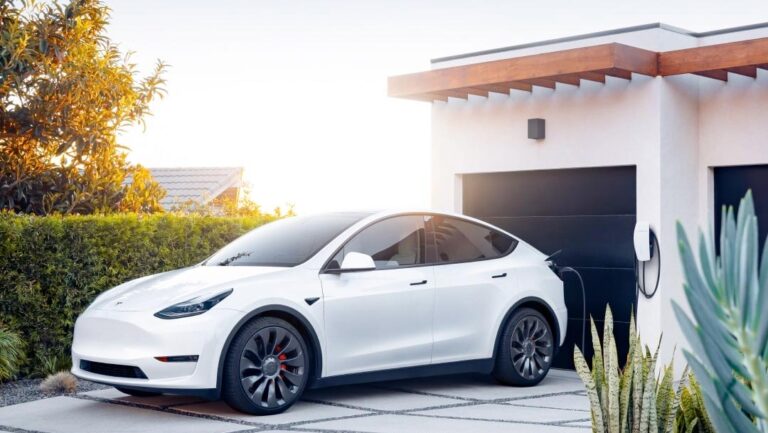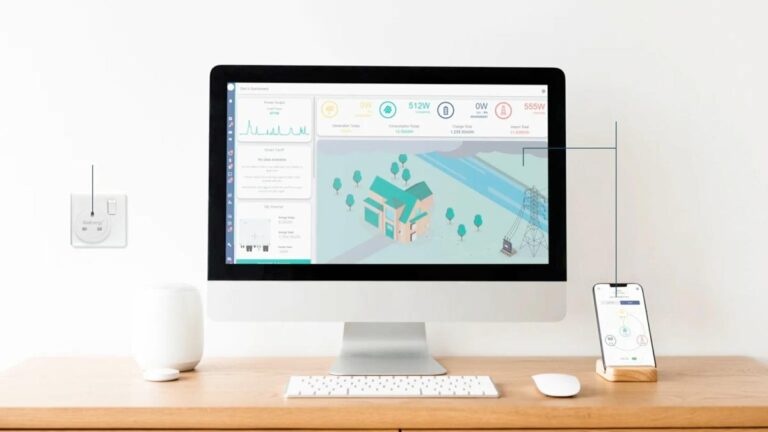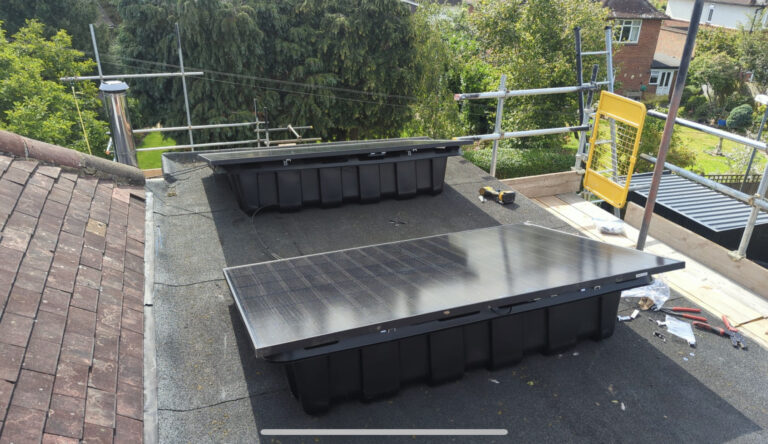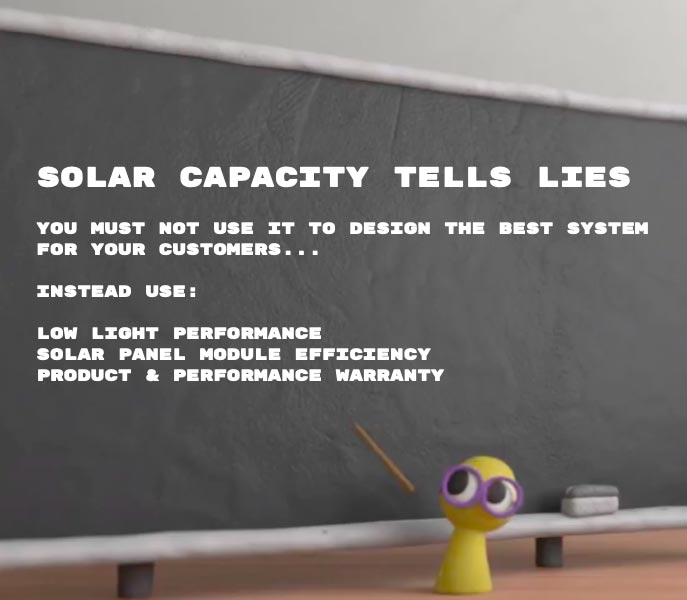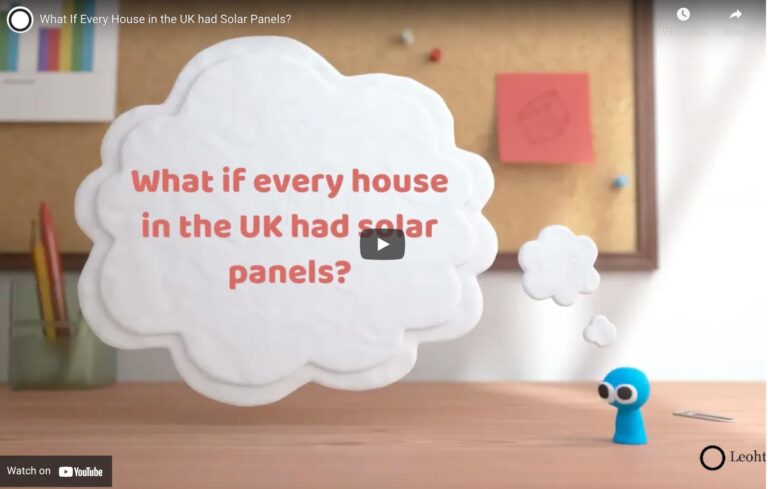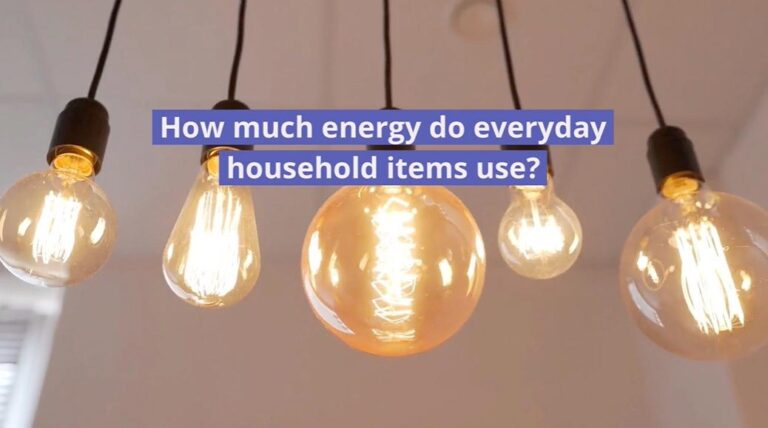*Updated on 02/08/2021 by Thomas Moyes
According to the RAC, the average car in the UK will travel 7400 miles per year (2020 figures).
An average electric car will travel approximately 4 miles per kWh.
Therefore, we need:
7400 divided by 4 = 1850 kWh of energy to charge an average electric car for a year.
A small 4kW domestic solar panel system may generate 3500-4000 kWh per year. 1.9 -2.1 times the amount of energy needed to charge an average electric car for a year.
Things to consider when installing solar to charge an electric car
- Your solar panels can provide more than enough energy to charge your car but you will need to consider:
- How/when you charge your car – will I make the best use of my free energy production?
- Do I need additional batteries to use as much of the energy generated as possible?
- What size electric vehicle charger should I get? Or would the standard 3-pin charger be enough? (it usually is).
- Is the proposed charger larger than the max inverter output? If so, the grid will have to top up the difference.
*Definitions at the bottom of this article
The most efficient solar panel unsurprisingly is the most expensive – the LG Neon at roughly twice the cost per watt compared to the others on this list.
As a rule of thumb, ~20%+ efficiency is very good. All of the above solar panels are MCS certified and are well suited for roof-top use.
Rankings.
1. LG Neon R V5
The most expensive panel takes the top spot in our list. Although, it was much closer than the cost would suggest. Their enhanced performance warranty – 10% higher over 25 years than the closest Jinko 395W panel and higher efficiency may make the cost increase worth it over the lifetime of the system.
Best for: Those that just want the best. Long term outperformance.
Disadvantage: Not necessarily the most cost-efficient.
2. Jinko N-Type 395W
My favourite. This solar panel is very efficient and at an angle on a roof looks completely matt black. A customer commented that their slate roof actually looked better after we had installed these panels than before.
Watch out for the inverter as it will have to handle 11.27 A at maximum. You don’t want the inverter to switch off during peak production so something to look out for.
Best for: Roofs not limited for space, aesthetics. Warranty length.
Disadvantage: Higher current – not suitable for some inverters.
3. Q Cells G9 390W all-black
Looks fantastic, there are no gaps between cells. Made by the same company that produces solar panels for Tesla. Could easily have taken the Jinko panels spot.
Best for: Low light and high-temperature fluctuations (you won’t see the difference in MCS calculations but they can be significant).
Disadvantage: Product warranty. If this solar panel had a 25-year product warranty this panel may have taken the top spot from LG as it’s perfect for the UK.
4. JA Solar Percium 345W
The most efficient smaller solar panel available in the UK. Great for when you’re trying to fit as much solar capacity onto a roof as possible. Lower shading effect.
Best for: Space constrained roofs. You may be able to fit many more of these panels on a roof. Lowest price per watt.
Disadvantage: Aesthetics.
The most efficient solar panel may not be the most productive for your roof. The most productive panel will depend on the space available and most importantly the inverter that will deliver the power generated by your solar panels.
Interesting fact:
If every household in the UK (27.8 million households according to the home office) had just one electric car. If each car would travel an average of 7400 miles per year….we would need an additional:
27,800,000 x 1850 kWh = 53095000000 kWh = 53.1 TWh.
2020 Total Domestic UK electricity consumption = 105 TWh.
We need to generate a lot more clean electricity otherwise monthly electricity bills could rise significantly.
 Leoht’s Tesla pinching electricity from a customers solar array.
Leoht’s Tesla pinching electricity from a customers solar array.
Parking your car at home and plugging it knowing that it’s being charged by the sunlight hitting your roof is a great feeling and I fully recommend it.


